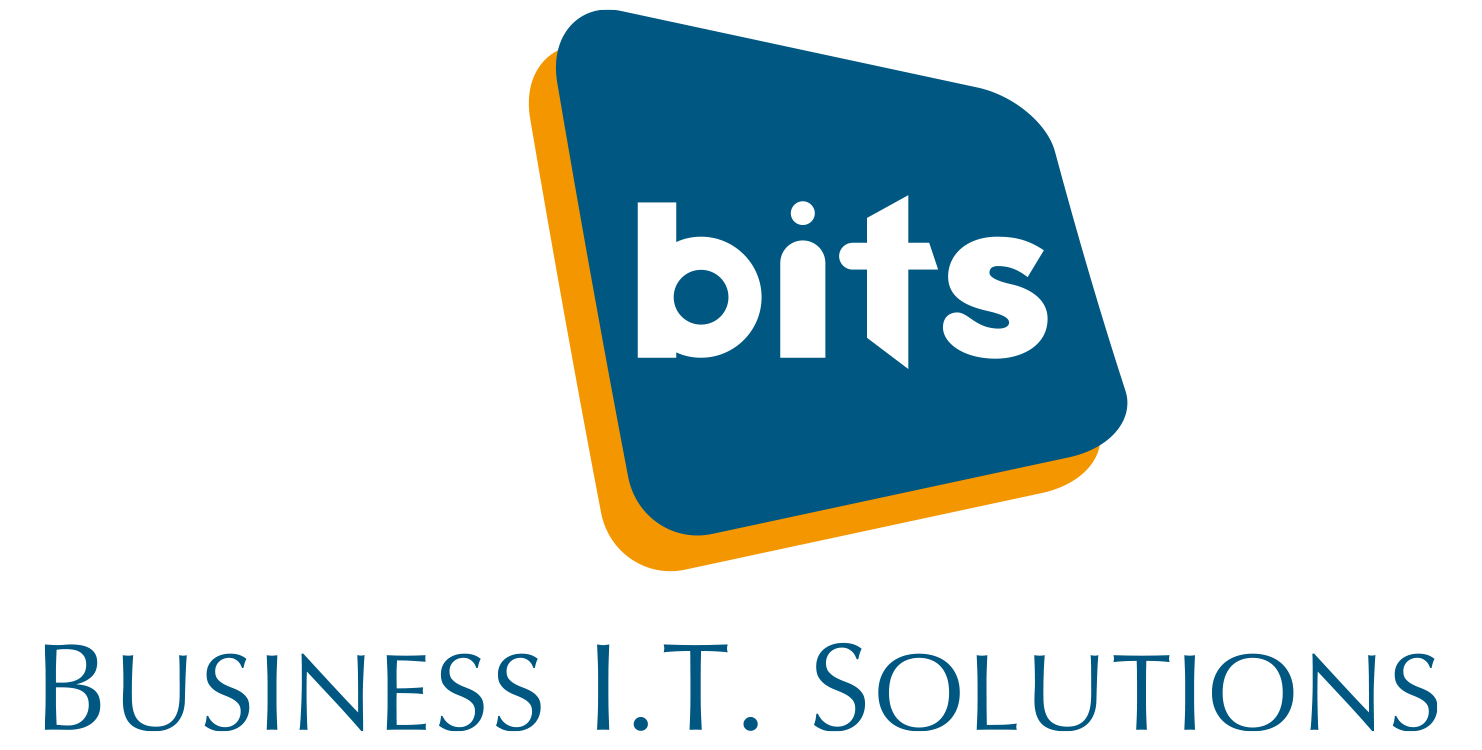The frequency of data breaches is increasing, and unfortunately, one of the major challenges faced by businesses is their lack of awareness until it is too late. Recognising the signs of a data breach can help you mitigate the harmful consequences, ranging from unexpected downtime and data loss to compromised customer privacy or even financial ruin.
In an ideal word, your company should have implemented firewalls and secured all remote entry points. And it’s essential to prioritise regular updates for antivirus tools and software along with maintaining robust passwords and providing comprehensive education to employees regarding social engineering. However, with the changes that businesses have experienced around remote working, the migration of data into cloud services and the facilitation of these, it’s now the case that these security measures are just the tip of the iceberg for what’s required for businesses today. There are many more points to lock down and secure while at the same time ensuring that all users can work to their full capacity, securely and with ease. In reality it’s never a bad time to consider a full cyber security audit for your business, which would allow you to take appropriate action to rectify the situation.
Nevertheless, knowing what to expect in the event of a breach can help and building the knowledge to allow you and your users the ability to recognise common indicators that may suggest potential breaches.
For example, if your computer exhibits sluggish performance, it should raise concerns. Extended response times, frequent crashes, or freezes may be indicative of malware presence. Unwanted viruses could be monitoring your activities, corrupting files, or depleting device resources. Additionally, a slow network or loss of control over your mouse or keyboard can suggest compromise, as malware often consumes substantial network bandwidth and disrupts overall computer and device functionality.
If your passwords or passphrases unexpectedly become ineffective, it could imply that cybercriminals have seized control of your accounts and altered the login credentials. Another worrisome indication is receiving emails from vendors or customers in response to messages you never sent. This situation may signify that hackers have compromised your email inbox and are utilising your address to send deceitful invoices or solicit access credentials.
Discovering unfamiliar files on your screen or in Task Manager is a concerning development. Malware installation frequently involves the download of additional files onto the targeted system. Consequently, the presence of unrecognised files may suggest a successful attack. Additionally, exercise caution if file names undergo alterations or desktop icons appear different, as being vigilant about such changes can assist in responding promptly before substantial data compromise occurs.
An unmistakable sign of an attack is the appearance of a ransomware request. If your accounts become locked or you encounter an unresponsive screen, it is possible that you have fallen victim to ransomware. The demand for an encryption key to restore access to your accounts or files serves as confirmation of the attack.
To mitigate the risk of ransomware infections, it is crucial to keep your operating system up to date, refrain from installing unfamiliar software, and consistently back up your files. Don’t forget a really important element of this too: educate yourself and your employees about the common signs of phishing and social engineering attempts. By following these measures, you can minimise the potential damage in the event of an attack.
Given the fact that cyberattacks affect approximately 90% of small businesses, it is of utmost importance to take any of these symptoms lightly. The most effective approach is prevention, which involves implementing necessary safeguards. Get in touch with us today for further information.

